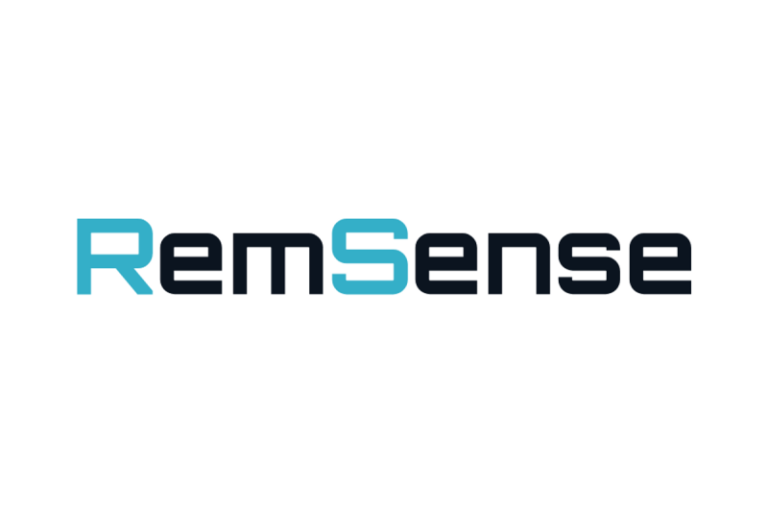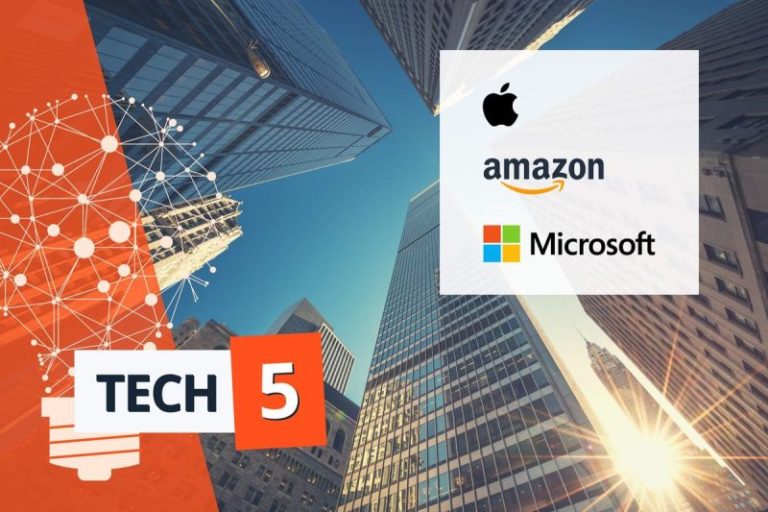LAS VEGAS — When Susana Pacheco accepted a housekeeping job at a casino on the Las Vegas Strip 16 years ago, she believed it was a step toward stability for her and her 2-year-old daughter.
But the single mom found herself exhausted, falling behind on bills and without access to stable health insurance, caught in a cycle of low pay and little support. For years, she said, there was no safety net in sight — until now.
For 25 years, her employer, the Venetian, had resisted organizing efforts as one of the last holdouts on the Strip, locked in a prolonged standoff with the Culinary Workers Union. But a recent change in ownership opened the Venetian’s doors to union representation just as the Strip’s newest casino, the Fontainebleau, was also inking its first labor contract.
The historic deals finalized late last year mark a major turning point: For the first time in the Culinary Union’s 90-year history, all major casinos on the Strip are unionized. Backed by 60,000 members, most of them in Las Vegas, it is the largest labor union in Nevada. Experts say the Culinary Union’s success is a notable exception in a national landscape where union membership overall is declining.
“Together, we’ve shown that change can be a positive force, and I’m confident that this partnership will continue to benefit us all in the years to come,” Patrick Nichols, president and CEO of the Venetian, said shortly after workers approved the deal.
Pacheco says their new contract has already reshaped her day-to-day life. The housekeeper no longer races against the clock to clean an unmanageable number of hotel suites, and she’s spending more quality time with her children because of the better pay and guaranteed days off.
“Now with the union, we have a voice,” Pacheco said.
These gains come at a time when union membership nationally is at an all-time low, and despite Republican-led efforts over the years to curb union power. About 10% of U.S. workers belonged to a union in 2024, down from 20% in 1983, the first year for which data is available, according to U.S. Bureau of Labor statistics.
President Donald Trump in March signed an executive order seeking to end collective bargaining for certain federal employees that led to union leaders suing the administration. Nevada and more than two dozen other states now have so-called “right to work” laws that let workers opt out of union membership and dues. GOP lawmakers have also supported changes to the National Labor Relations Board and other regulatory bodies, seeking to reduce what they view as overly burdensome rules on businesses.
Ruben Garcia, professor and director of the workplace program at the University of Nevada, Las Vegas law school, said the Culinary Union’s resilience stems from its deep roots in Las Vegas, its ability to adapt to the growth and corporatization of the casino industry, and its long history of navigating complex power dynamics with casino owners and operators.
He said the consolidation of casinos on the Las Vegas Strip mirrors the dominance of the Big Three automakers in Detroit. A few powerful companies — MGM Resorts International, Caesars Entertainment and Wynn Resorts — now control most of the dozens of casinos along Las Vegas Boulevard.
“That consolidation can make things harder for workers in some ways, but it also gives unions one large target,” Garcia said.
That dynamic worked in the union’s favor in 2023, when the threat of a major strike by 35,000 hospitality workers with expired contracts loomed over the Strip. But a last-minute deal with Caesars narrowly averted the walkout, and it triggered a domino effect across the Strip, with the union quickly finalizing similar deals for workers at MGM Resorts and Wynn properties.
The latest contracts secured a historic 32% bump in pay over the life of the five-year contract. Union casino workers will earn an average $35 hourly, including benefits, by the end of it.
The union’s influence also extends far beyond the casino floor. With its ability to mobilize thousands of its members for canvassing and voter outreach, the union’s endorsements are highly coveted, particularly among Democrats, and can signal who has the best shot at winning working-class votes.
The union’s path hasn’t always been smooth though. Michael Green, a history professor at UNLV, noted the Culinary Union has long faced resistance.
“Historically, there have always been people who are anti-union,” Green said.
Earlier this year, two food service workers in Las Vegas filed federal complaints with the National Labor Relations Board, accusing the union of deducting dues despite their objections to union membership. It varies at each casino, but between 95 to 98% of workers opt in to union membership, according to the union.
“I don’t think Culinary Union bosses deserve my support,” said one of the workers, Renee Guerrero, who works at T-Mobile Arena on the Strip. “Their actions since I attempted to exercise my right to stop dues payments only confirms my decision.”
But longtime union members like Paul Anthony see things differently. Anthony, a food server at the Bellagio and a Culinary member for nearly 40 years, said his union benefits — free family health insurance, reliable pay raises, job security and a pension — helped him to build a lasting career in the hospitality industry.
“A lot of times it is an industry that doesn’t have longevity,” he said. But on the Strip, it’s a job that people can do for “20 years, 30 years, 40 years.”
Ted Pappageorge, the union’s secretary-treasurer and lead negotiator, said the union calls this the “Las Vegas dream.”
“It’s always been our goal to make sure that this town is a union town,” he said.










